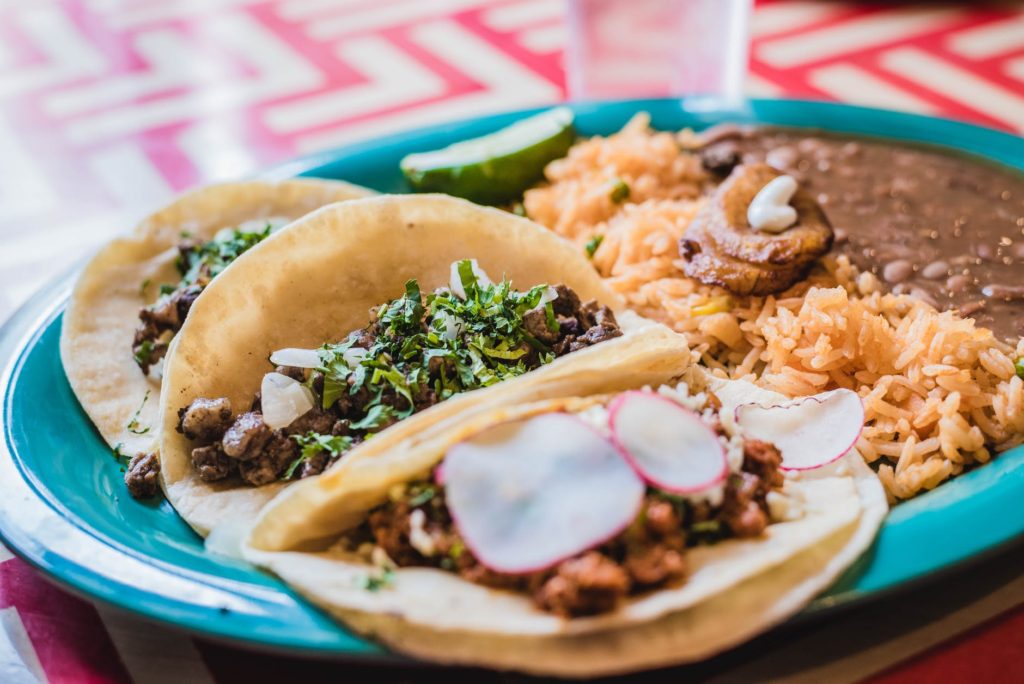For kicks and giggles, I tabulated our expenditures on cheap eats this weekend. Here we go:
| Dinner out for 2 | $30 | ||||
| Takeout dinner for 2 | $20 | ||||
| Takeout dinner for 1 | $10 | ||||
| Breakfast out for 1 | $15 | ||||
| Lunch out for 1 | $10 | ||||
| Total | $85 |
It would be easy to spend that every weekend and certainly every week. In fact, I’m quite certain we spend (waste?) far more than that eating out or getting takeout. To be kind to ourselves, though, let’s cap it at $85 per week.
$85 (cheap eats) x 52 (weeks a year) =$4,420. Egads! That’s a lot of money spent on cheap eats.
What is that per month? $4,420 / 12 (months) = $368.33. That’s a hefty monthly cheap eats payment.
But it get's worse. What is the opportunity cost of those cheap eats? Let's pretend that instead of the cheap eats we ate leftovers at the house that otherwise would have gone into the trash. Then we took the $368.33 that we would have spent on cheap eats every month and invested it in an S&P 500 index fund, instead. Let's say we did that for the next 20 years. We'll assume the S&P returns the 10.5% annualized average return that it has since its inception in 1957. The future value would be $301,145.43. Those are some expensive cheap eats!
This exercise reminds me that it is good that I have money automatically taken out of my paycheck to go into investments to protect me from my own stupidity because I probably will continue to be financially stupid and spend money on prepared food for years to come. Mangia!
With Love,
P. Gustav Mueller, author of The Present
